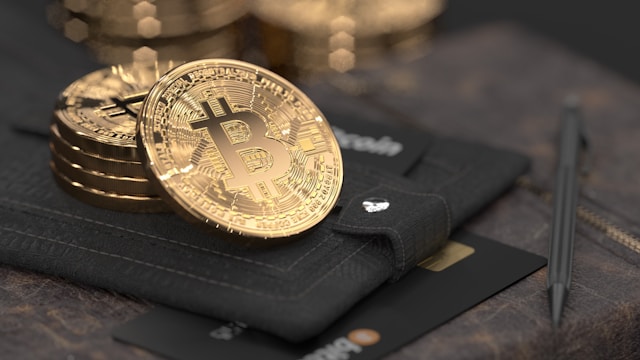Intellectual property rights (IPR) are the legal rights that the creator or inventor has over their creation. These rights apply for a set period and apply to everything from literature and art to technology and inventions.
While IPR is designed to ensure that creators, artists, and innovators are recognised and rewarded for their contributions, there are challenges, including piracy, plagiarism, and inefficient licensing processes.
Understanding blockchain technology
Blockchain technology is a decentralised ledger system. It operates on a distributed network of computers, where each transaction is recorded in a block. These blocks have a code, and each code is linked to the previous one, forming a chain. This structure ensures that the records are tamper-proof and transparent, as they are visible to all participants in the network.
Blockchain provides a permanent record of ownership. This is one reason why it’s used for cryptocurrencies. It also means that, unlike traditional databases, where records can be altered or deleted, blockchain ensures the integrity of intellectual property rights. So, it’s easier to establish ownership and enforce rights.
Revolutionising intellectual property management
Blockchain can potentially streamline the management of intellectual property rights by enabling transparent licensing and royalty payments. Through smart contracts, which are self-executing agreements coded onto the blockchain, creators and rights holders can automate royalty payments and enforce licensing agreements without the need for intermediaries.
As well as reducing administrative overheads, this automated process minimises disputes over ownership and royalties. Creators can have greater confidence in the integrity of their intellectual property rights, leading to increased participation in creative and innovative activities.
Empowering creators, artists and innovators
Blockchain helps people to have more control over their intellectual property, ensuring they get fair compensation for their work. This creates a more equitable environment and can provide the peace of mind for creatives and innovators to continue their work.
Also, blockchain gives creators the opportunity to showcase their work and connect directly with consumers without having to go through traditional methods. Online platforms are more easily accessible, and the IP of the work is retained at all stages.
Blockchain is also used to protect and manage intellectual property rights. From the music industry, where blockchain is used to track ownership and royalty payments for songs, to the art world, where it verifies the authenticity of digital artworks, there are different applications and the nature of blockchain means that the work can only be traced back to the creator.
Combating piracy and plagiarism
By creating transparent and tamper-proof records of ownership, blockchain can prevent the unauthorised use and distribution of copyrighted content. Digital rights management systems built on blockchain offer a solution to protect creators’ rights.
There are potential challenges here, however. Scalability and regulatory concerns must be addressed. But, with continued innovation and collaboration, blockchain holds the promise of revolutionising intellectual property rights management.


